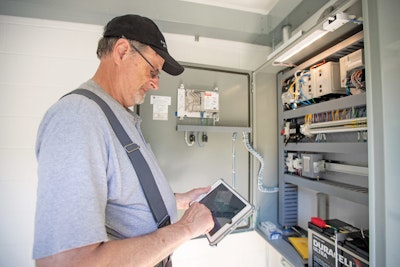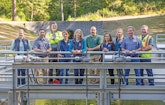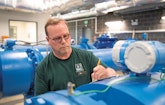
City of Bremerton Water Resources Manager Kathleen Cahall tests water at the Advanced Water Treatment Facility.
People stay in certain places for all kinds of reasons. For Kathleen Cahall, it’s all about the water.
But it’s not the beauty of Puget Sound that has kept Cahall in Bremerton, Washington, for nearly three decades, but rather the pure, unadulterated supply of freshwater that...










